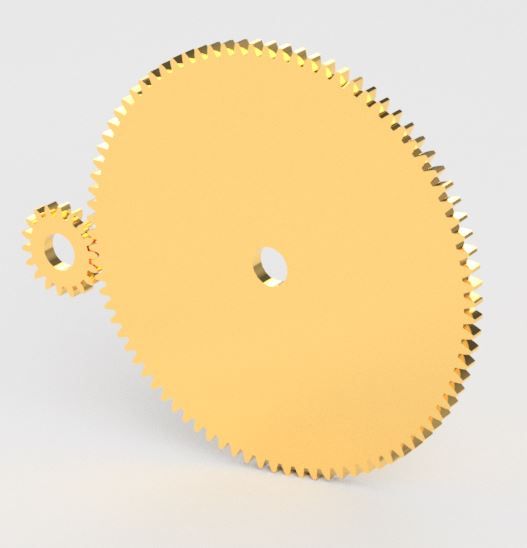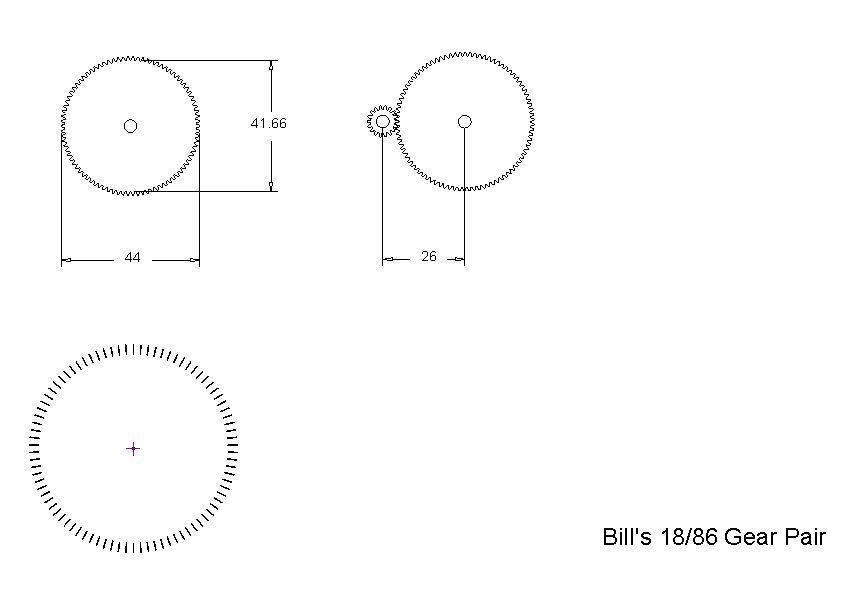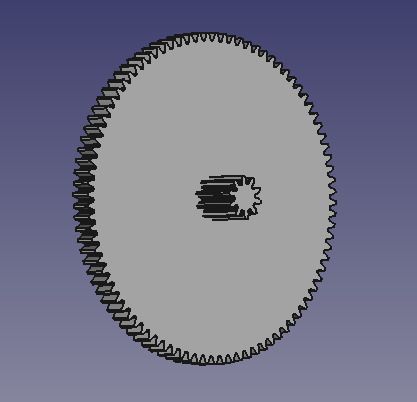Dividing a circle into 70 shouldn't be beyond the wit of a man with a sharp pair of spring dividers and good eyesight (or a magnifying glass). Oh, and a steel rule.
Assuming the gear blank face can be marked, first divide it into seven. The key here is that if you set the dividers to 0.439 times the diameter of the blank you will divide the circle into seven chords. Mark off the seven chords, making sure that the last chord steps back exactly to the starting point of the first.
Incidentally the figure of 0.439 comes from this:
Seven chords in a circle each subtend 51.42 degrees at the centre. Length of a chord of a circle = 2 sin a/2 where a is the angle subtended by the chord.
(Or you can look it up in Machinerys Handbook under Circles – lengths of chords for dividing))
So back at our gear blank, divide each seventh in half. You could divide the original circle into 14, but the bigger the starting sector the more accurate it will be. Examine each halfway – seventh to make sure they are all equal. At this point mark the fourteen divisions on the periphery of the gear blank with a couple of strokes of a three square needle file.
You could guess what happens next. With the needle file, mark five subdivisions in each fourteenth of the periphery of the gear blank. I reckon a practiced eye could get these evenly spaced around the periphery to an acceptable accuracy, whatever that means.
You've now got the position of the teeth – all 70 of 'em – marked on the blank. File to shape. Easily said!
However I'm not entirely sure about the original dimensions, but for the sake of keeping this post to a reasonable length I'll post that separately.
SillyOldDuffer.








